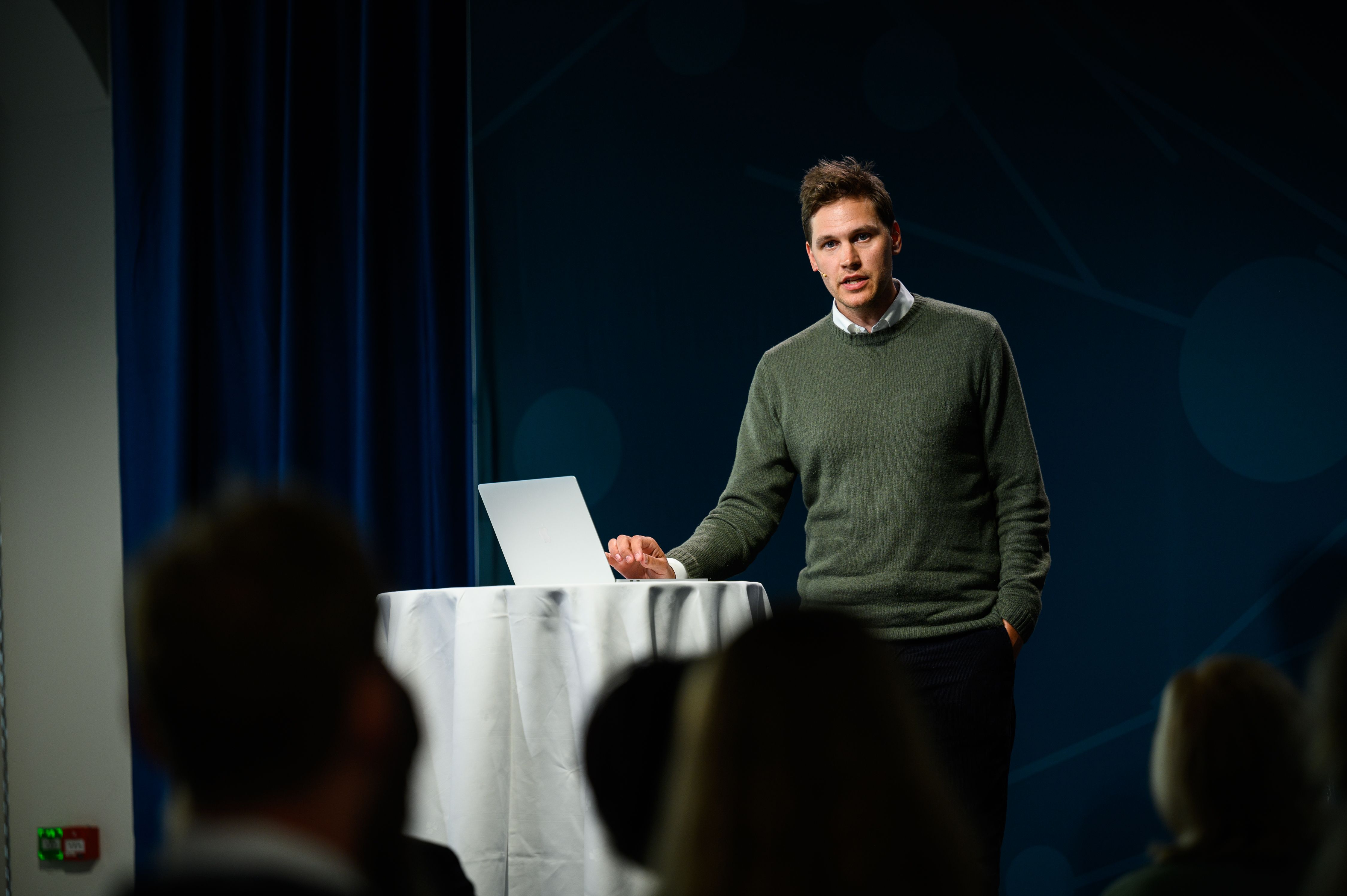Responding to the modern-day nuclear threat
“The nuclear threat is, in fact, larger than ever”, said Kjersti Fløgstad, Director of the Nobel Peace Center during her opening speech at the nuclear disarmament conference earlier this month.

On June 8th scholars, researchers, government representatives and Nobel Peace Prize laureates gathered at the Nobel Peace Center to discuss the current nuclear threat.
Together with NORSAR, ICAN Norway and Games for Change, the Nobel Peace Center hosted a conference, titled “The Modern-Day Nuclear Threat and How to Respond”, to shine a light on the undeniable nuclear threat that has become ever so apparent following Russia’s invasion of Ukraine.
Supporting anti-nuclear campaigners has been an important part of the Nobel Peace Center’s mission for many decades.
“World Nobel Peace Prizes have been awarded wholly or in part for this type of work. But even though we have focused on, and many activists around the world have worked for the abolishment of nuclear weapons, they unfortunately still exist.” said one of the members of the Norwegian Nobel Committee, Jørgen Watne Frydnes, during the conference.

Nuclear weapons threaten us all, so why do we still have them?
The war in Ukraine, the merits of nuclear deterrence and the humanitarian consequences of a nuclear war, were among the major topics discussed.
Today, there are nearly 13.000 nuclear weapons in existence. Compared to 30 years ago, this number is fairly low. But less weapons doesn’t mean less risk. On the contrary, the weapons in existence today are up to 80 times as powerful as the bomb used in Hiroshima.
Many argue that the geopolitical climate is to blame for the retention of nuclear weapons, stating that they act as a deterrent built on mutually assured destruction, if a country was to launch a nuclear attack.
Yet the weapon’s deterrent effect is brought into question by ICAN Executive Director, Beatrice Fihn. Referring to Russia’s not so indirect threats of nuclear retaliation, she argues that:
“It’s evident that whatever the benefits of nuclear deterrence, that might be argued to be, preventing nuclear blackmail is not one of them."

VR-experience to create increased engagement
During the conference, participants were invited to partake in a VR-experience, created by Games for Change and Princeton University’s Science & Global Security program.
The VR-documentary, which is part of a larger campaign (On The Morning You Wake), creates an immersive experience showcasing how the nuclear threat can be experienced first-hand. Based on and inspired by a false alarm relating to a missile launch directed at Hawaii in 2018, this film aims to demonstrate the devastating impact the nuclear threat has on a community, regardless of whether the threat is real or not.
The VR-experience has been available at the Nobel Peace Center for viewing and was included in the teaching curriculum for 41 Norwegian high school classes this spring.
By using VR as a tool for conveying this message, Sharon Weiner from Carnegie Corporation argues that the hope is that the immersive experience is:
“the final motivation that moves people from not caring, not thinking, not noticing, to trying to exert some leverage over the nuclear danger.”
Both the conference and the campaign aimed to reignite the nuclear discussion and promote real action and change to achieve disarmament. The conference preceded the first state-party meeting of the Treaty on the Prohibition of Nuclear Weapons in Vienna. Norway participated as an observer, along with a number of other countries. What will come out of the meeting remains to be seen, but it is certainly a step in the right direction.
Did you miss the live stream from the conference? Watch a selection of key presentations, debates and speeches or the entire conference here:
Share: